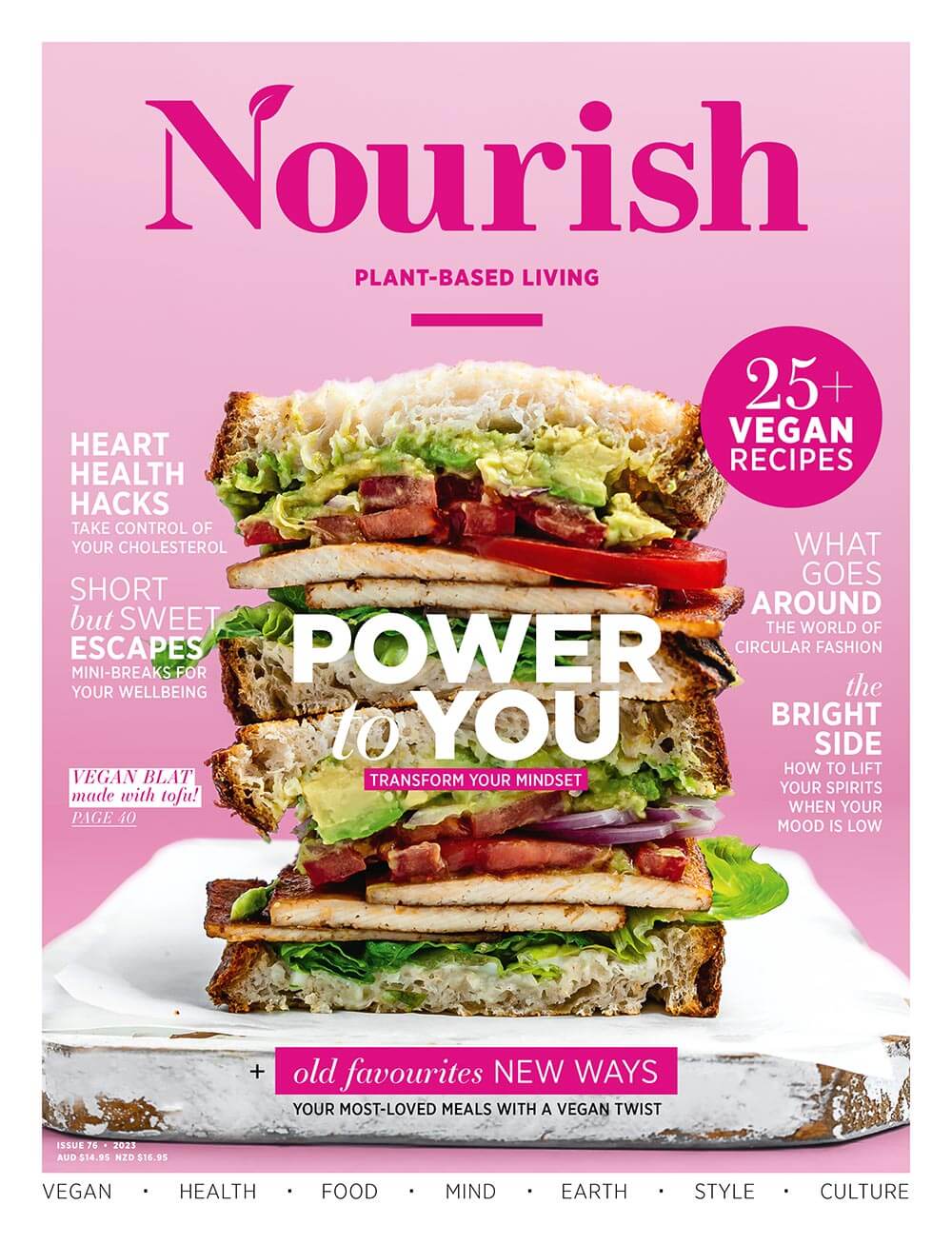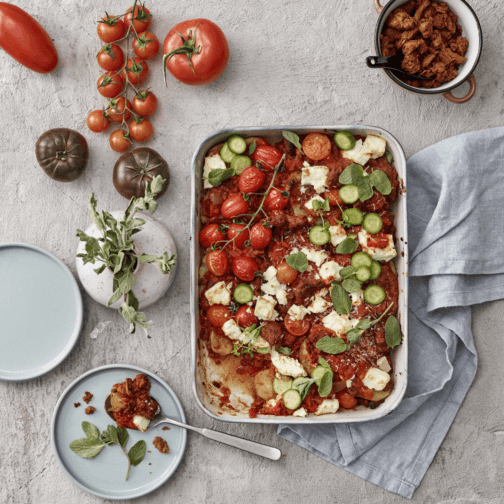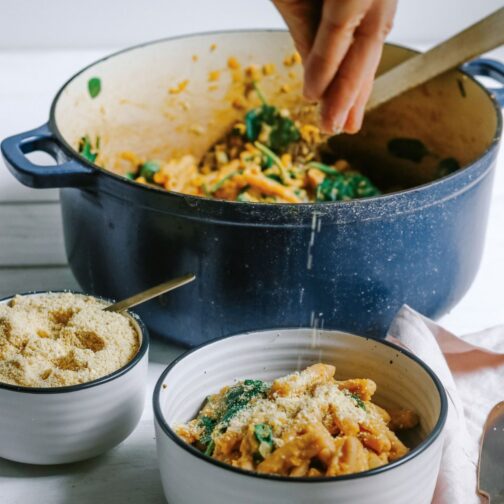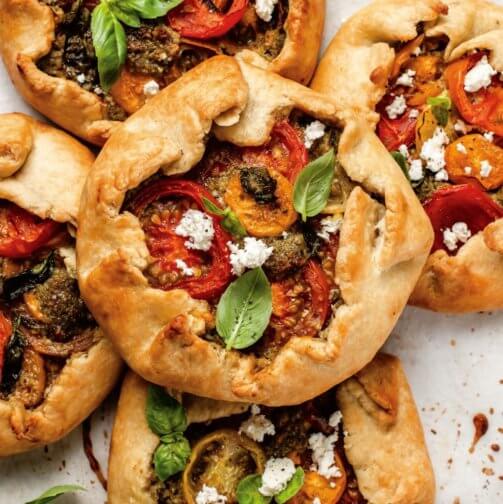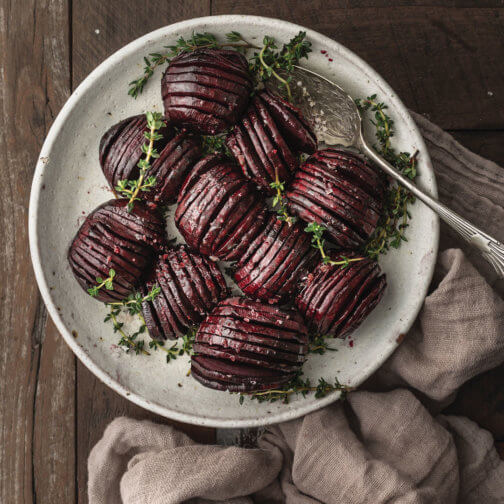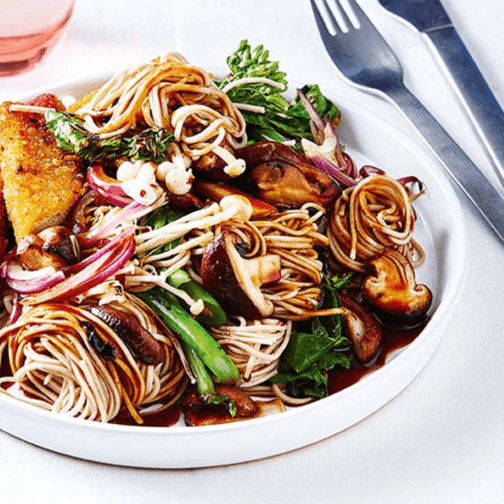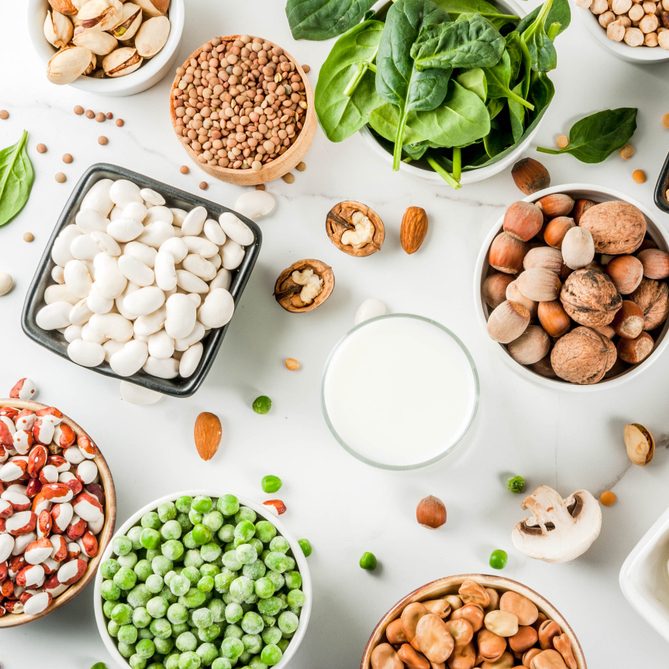
With a proper diagnosis and a little knowledge, you can eat a healthy plant-based diet despite your food allergies or intolerances.
Following a plant-based diet when you have food allergies or food intolerances can certainly present some challenges. With the right information and nutrition advice, it can still be a very healthy and nutritious diet, although it might require a bit more planning and creativity. While it’s always best to seek dietary advice from a health professional, let’s begin to understand how allergies and intolerances might affect us, and the difference between the two.
Allergies and intolerances 101
Allergies are the immune system’s response to an allergen. Food allergies occur when a person’s immune system reacts inappropriately to a particular food. Initially, the immune system registers the food as a threat. Antibodies are produced, and at the next intake of that food, these antibodies connect with the food’s proteins, triggering the release of certain substances in the body, such as histamine, which results in an allergic reaction.
The symptoms of a food allergy can come on rapidly after eating the troublesome food and might present as a rash or hives or perhaps a tingling or itchy feeling in the mouth. Serious symptoms of food allergies can be deadly, such as anaphylaxis, which includes swelling in the face, throat, and mouth, along with breathing difficulties, asthma, nausea, and vomiting.
Common allergens that can affect people following a vegan diet include soy, tree nuts, peanuts, sesame seeds, gluten, and wheat. These food allergens must be declared on product packaging as an ingredient in bold, even if only found in traces. To diagnose a food allergy, a skin prick test of common allergens is usually performed by a doctor.
Food intolerances are different to food allergies in that they involve the digestive system whereas food allergies involve the immune system. Food intolerances are not life-threatening but can lead to a range of adverse reactions and negative symptoms if that food is consumed. Symptoms can include stomach pain, bloating, gas, diarrhoea, irritable bowel syndrome, rashes, hives, recurrent mouth ulcers, or headaches. Common food intolerances include soy, legumes, wheat, gluten, FODMAPs, lactose, and sulphites.
Food intolerances are usually diagnosed by following an elimination diet that removes these foods completely for about two weeks. The aim is to identify the food causing the intolerance symptoms as different foods are reintroduced one by one. In Australia, food intolerance tests are not generally recognised as being credible or accurate.
Let’s get to know some of the more common allergies and intolerances a bit better.
PEANUTS AND TREE NUTS
Nut allergies might well be the most difficult to manage on a vegan diet; however, being nut-free and vegan is definitely possible, as well as nutritious and healthy. The tree nut family includes cashews, walnuts, almonds, brazil nuts, hazelnuts, macadamia nuts, pecans, pine nuts, pistachios, and others. Tree nuts are actually different from peanuts as they come from a different plant family while peanuts belong to the legumes family. So, people who have a peanut allergy might not be allergic to any tree nuts, and vice versa. However, if someone has one tree nut allergy, such as cashews, they might also have other tree nut allergies like almonds and pistachios.
People with severe peanut or tree nut allergies must avoid these nuts and foods containing traces of nuts at all costs. Reading labels, scanning for animal products as well as allergens is quite easy to do, but eating out can be more difficult. Vegan desserts, vegan cheesecakes, vegan cheeses, and plant-based milks made from tree nuts should also be avoided.
Most people are only allergic to a few different nuts, for example peanuts and cashews or peanuts and pistachios, enabling other types of nuts to be included in the diet. Substituting with nuts that can be eaten is helpful when cooking some vegan recipes. Alternatively, a lot of recipes that call for nuts can be made nut-free by replacing the nuts with seeds. For example, you can replace nut butters and peanut butter with seed butters like tahini, pumpkin seed butter, or sunflower seed butter. Sunflower seeds can also easily be used in place of cashews in creamy vegan recipes, such as cheeses and raw cheesecakes. Instead of drinking almond milk, opt for soy milk, or otherwise calcium-fortified oat, rice, or coconut milk.
Zinc, iron, calcium, and other vitamins often found in nuts can be easily obtained from seeds instead. Including more seeds such as sesame seeds, chia seeds, hemp seeds, sunflower seeds, and pumpkin seeds are a good, nutritious swap for people with nut allergies. Also, there are plenty of alternative meats and cheeses that are nut-free and can be used for extra protein or convenience.
WHEAT OR GLUTEN
Wheat is a grain whereas gluten is a protein found in some grains, namely wheat, barley, and rye. So, a person with an allergy or intolerance to wheat might not have an allergy or intolerance to gluten, and vice versa. However, for some people, the two can overlap. As always, it’s best to be properly diagnosed by a health professional.
Gluten, usually from wheat, is commonly found in breads, baked goods and cereals. It is also used in many products as a thickening agent, so people with allergies or intolerances need to be careful when consuming sauces, salad dressings and soups. This will be listed as an allergen on products. Malt, from barley, on the other hand, is sometimes used as a sweetener but won’t be listed as an allergen, so those avoiding all gluten need to be extra cautious.
Being both vegan and gluten-free, whether due to Coeliac disease, gluten or wheat intolerances, or by choice is quite possible. To ensure nutrition doesn’t suffer, it is important to choose nutritious, gluten-free wholegrains such as brown rice, buckwheat, quinoa, millet, and oats (if tolerated). Supermarkets also have a huge range of gluten-free products these days; however, gluten-free products aren’t always vegan due to the inclusion of egg or dairy. Making your own vegan, gluten-free bread might be a good alternative if you have trouble finding a good product in the shops.
FODMAPs
FODMAP is a term used to represent fermentable oligosaccharides, disaccharides, monosaccharides, and polyols. These are short chain carbohydrates that are difficult to absorb or digest in the intestines by some people and consuming them often leads to gas, bloating, and irritable bowel syndrome (IBS). FODMAPs are a common trigger for digestive issues in people with sensitive guts.
FODMAPs are naturally found in many foods that are staples in a plant-based diet, including some fruits, vegetables, breads, cereals, nuts, and legumes. Following a low FODMAP diet is often recommended for people with severe IBS symptoms and those with FODMAP sensitivities. There is an app called Monash University FODMAP diet, which is a helpful guide. Some low FODMAP foods are berries, tofu, rice, quinoa, and citrus fruits. High FODMAP foods include garlic, onion, apples, peaches, legumes, mushrooms, bananas, cashews, and watermelon, among others.
Following a low FODMAP vegan diet is usually recommended for two to six weeks before reintroducing some foods with moderate and high FODMAPs. This helps to determine which foods and FODMAPs are triggering symptoms and which are not. Once the triggers and tolerances have been determined, it is possible to include foods and FODMAPs that are tolerated, while avoiding only the foods that trigger symptoms. It is also important to understand that FODMAP tolerances can change over time.
SOY
Soy allergies are relatively uncommon when compared to peanut, egg, or milk allergies. Soy allergies are most commonly seen in young children with atopic dermatitis. Soy intolerance is also more common in young children than it is in adults. Having a soy allergy or intolerance can feel difficult when following a plant-based diet, but it is entirely possible to eat a nutritious diet that includes other sources of protein.
A person with a soy allergy or intolerance should avoid all soy products including soy sauce, tofu, edamame, soy milk, and soy flour. Good alternatives for plant-based protein sources are chickpeas, beans, lentils, and alternative meats made from pea protein. Quinoa, nuts, and seeds can also be used to add more protein to meals.
LEGUMES
A legume allergy can be very restrictive on a vegan diet. Legumes include soy, green peas, chickpeas, lentils, split peas, peanuts, kidney beans, green beans, and other dried beans. Pea protein is also found in a lot of faux meats, protein powders, and other processed foods. Rest assured, it is still possible to follow a plant-based diet without legumes and still get enough protein.
Nuts, seeds, fruits, vegetables, and wholegrains are all good sources of protein for vegans. In particular, nuts, hemp seeds, and chia seeds are very high in protein while vegetables including leafy greens, mushrooms, broccoli and potatoes with skin on also add to your daily protein requirements. Wholegrains such as brown rice, buckwheat, and quinoa can also help add more protein too. A brown rice protein powder can also be used for people who are very active.
***
As much as food allergies and intolerances can be restrictive when eating plant-based, it is still possible to maintain a very healthy and nutritious diet. Once a food allergy or intolerance has been properly diagnosed, I recommend seeking help from a dietitian or nutritionist who specialises in plant-based nutrition so that you can ensure your vegan diet is nutritious… and delicious!
